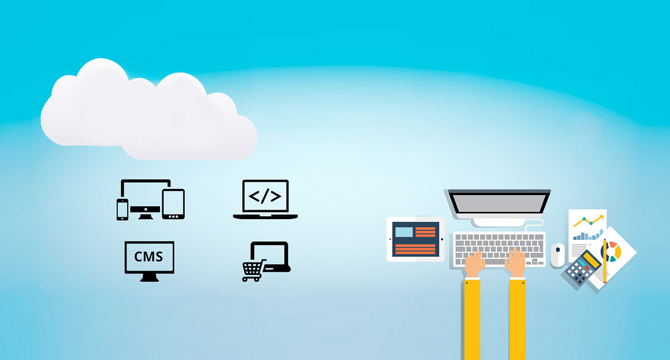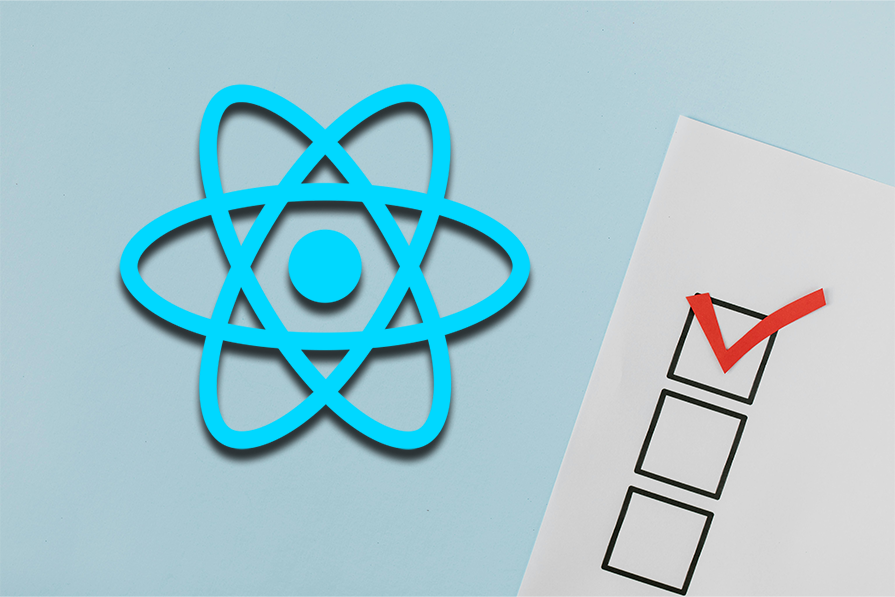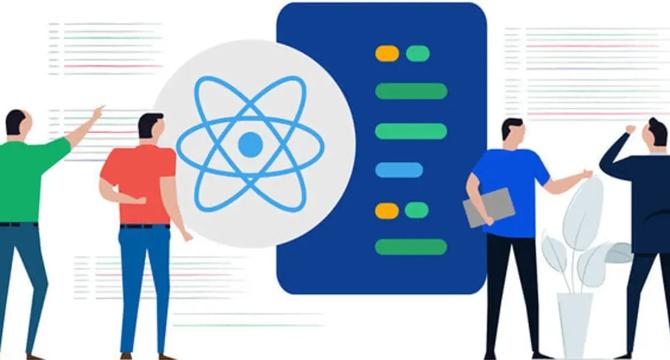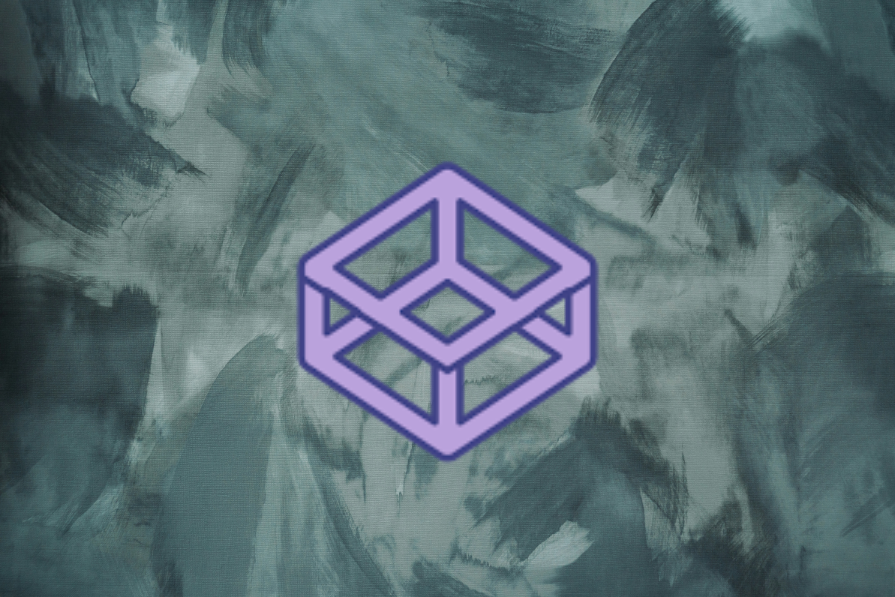Programming News
PlanetPython
68

Image Credit: PlanetPython
Django Weblog: Our new accessibility statement
- Django Weblog announces their new accessibility statement on the occasion of Global Accessibility Awareness Day.
- This statement aims to address accessibility issues in Django and encourages a more inclusive web.
- Users are encouraged to read and share the statement, identify gaps in Django, contribute to Django projects, and factor it into legal compliance.
- Feedback is welcomed on the Django Forum regarding the statement, and individuals can contribute to improving the accessibility of the Django community.
Read Full Article
4 Likes
Medium
431

Image Credit: Medium
10 Daily Practices to Improve Your Coding Efficiency
- Skipping tests and ignoring warning messages while coding can lead to severe issues like application crashes due to undetected bugs, as experienced by the author in a past project.
- The story highlighted the importance of not rushing coding tasks and instead focusing on preventive measures like writing tests to avoid future problems in software development projects.
- The key insight the author gained was that coding efficiency is not just about speed but about adopting daily habits that prioritize problem prevention and code quality over quick completion.
Read Full Article
25 Likes
Medium
381

Image Credit: Medium
GPT-4.1 Just Killed the AI You Knew — And It’s Free
- OpenAI introduced GPT-4.1 on April 14, marking a significant change in large language models availability.
- GPT-4.1 is more responsive, obedient, and context-aware, offering benefits to users like improved coding capabilities.
- The model differs from o4-mini-high in memory capacity and response length, catering to different user needs.
- GPT-4.1 consumes 30% less compute load compared to GPT-4, enhancing sustainability and hardware accessibility.
Read Full Article
22 Likes
Dev
428

Image Credit: Dev
🔍 What If You Could Build More Secure Code by Learning to Break It First?
- Developers can enhance code security by learning to exploit vulnerabilities before deployment.
- Offensive security training focuses on understanding attackers' tactics and chain flaws to strengthen defenses.
- Practical tools like Burp Suite, OWASP ZAP, and Metasploit help developers test and secure their applications.
- Offensive training is valuable for all team members, leading to cleaner detection, faster responses, and more resilient code.
Read Full Article
25 Likes
Discover more
- Software News
- Web Design
- Devops News
- Open Source News
- Databases
- Cloud News
- Product Management News
- Operating Systems News
- Agile Methodology News
- Computer Engineering
- Startup News
- Cryptocurrency News
- Technology News
- Blockchain News
- Data Science News
- AR News
- Apple News
- Cyber Security News
- Leadership News
- Gaming News
- Automobiles News
Dev
313

Image Credit: Dev
The Hidden Truth Behind Movie Piracy: A Developer’s Realization
- A MERN stack developer considered building a movie download site to capitalize on quick growth and monetization.
- The process seemed simple: create a frontend, set up a scraper for data, store information in a database, and monetize with ads.
- However, delving deeper revealed complexities like bulletproof hosting, domain issues, redirections, and unethical ad practices.
- Legal and ethical risks, such as facing legal action or getting banned, became apparent.
- The realization of the consequences led the developer to reject the project and reassess project ideas based on long-term impact and ethical considerations.
- Merely linking to pirated content can pose legal risks due to copyright infringement laws in various countries.
- Developers have faced repercussions like domain seizures, legal threats, and hosting shutdowns for involvement in piracy-related activities.
- Building piracy sites can lead to legal implications for developers as they may be held accountable for facilitating piracy.
- The narrative highlights the legal and ethical dangers associated with movie piracy and the potential consequences for developers.
- It emphasizes the importance of ethical considerations and the long-term impact of projects when evaluating development opportunities.
- Realization dawns on the developer about the ethical and legal implications of involvement in piracy-related activities and the associated risks to their career.
Read Full Article
18 Likes
Medium
349

Teaching AI to Think (Almost) Like Me – My Journey with Google’s Gemini & Imagen
- The author shares their journey with Google's Gemini and Imagen AI tools, earning a Skill Badge in 'Building Real World AI Applications with Gemini and Imagen.'
- Gemini taught them how to craft prompts that spark AI thinking, while Imagen brought visuals to life from scratch using cloud tools.
- The author emphasizes the importance of combining logic and imagination in AI development, aiming to create intelligence that feels creative and creativity that feels intelligent.
- Future plans include exploring multimodal AI, enhancing prompt design, and creating innovative AI applications that challenge the perception of human versus AI creation.
Read Full Article
21 Likes
Dev
349

Image Credit: Dev
How to Fix 'sjs is not defined' Error in JavaScript?
- Encountering the 'sjs is not defined' error in JavaScript is a common issue faced by developers, especially beginners.
- The error occurs when the JavaScript interpreter cannot find the identifier 'sjs' in the current scope due to script inclusion or order issues.
- To resolve the error, ensure the script defining 'sjs' is correctly included in the HTML file, verify script order, consider using defer or async attributes, check for additional errors in the browser console, and avoid name conflicts.
- Debugging techniques such as utilizing browser developer tools and reviewing documentation can also help in resolving JavaScript errors effectively.
Read Full Article
21 Likes
Dev
440

Image Credit: Dev
The Reason pip Suddenly Refuses to Install Globally
- The error 'externally-managed-environment' indicates that the Python environment is controlled by the operating system's package manager, not the user.
- To install Python packages in 2025, creating virtual environments using tools like UV is recommended to have full control over installations without interfering with the system Python.
- The transition to PEP 668 for installing Python packages globally with pip on Linux helps in preventing subtle bugs or critical system issues caused by reckless installations.
- Using the --break-system-packages flag with pip allows users to override the system-managed Python install restrictions, but it comes with risks of breaking critical system components.
Read Full Article
26 Likes
Dev
422

Image Credit: Dev
Advanced Array Manipulation Techniques in Python
- Advanced Array Manipulation Techniques in Python without using built-in functions or shortcuts like reversed() or slicing.
- Problem One: Reversing an array in-place using two pointers and swapping values until fully reversed.
- Code snippet provided for reversing an array in-place.
- Problem Two: Rotating an array anti-clockwise by k steps with detailed breakdown and code snippet for in-place rotation.
Read Full Article
25 Likes
Hackernoon
222

Image Credit: Hackernoon
How PvP Matchmaking Works, Illustrated by War Robots: Frontiers
- Matchmaking is a crucial element in online games, with intricate mechanics behind it, as illustrated by War Robots: Frontiers.
- Balanced matchmaking aims for fairness by ensuring equal chances of winning, considering skill levels, region, squad advantages, and crossplay policies.
- Matchmaking faces challenges in balancing teams, squad sizes, and minimizing waiting times for players.
- Algorithms use intelligent shortcuts and heuristics to efficiently reject poor match-ups and narrow down suitable options.
- In War Robots: Frontiers, matchmaking emphasizes high throughput, utilizing greedy algorithms with linear time complexity for speed and effectiveness.
- The matchmaking process involves grouping players based on features, categorization, and bucketing for efficient match building.
- Teams are formed based on one-dimensional packing problems, where larger units are prioritized and match quality is maintained.
- After assembling matches, the system balances teams to minimize variance in win rates and create a more competitive environment.
- Matchmaking systems need to be flexible to adapt to changing player populations and game dynamics, balancing precision, fairness, and waiting time.
- Testing of matchmaking systems involves unit tests, integration tests, load tests, and simulations to analyze outcomes and refine heuristics.
- The matchmaker in War Robots: Frontiers demonstrates the importance of adaptability, performance, observability, and controllability for effective matchmaking in online games.
Read Full Article
13 Likes
Logrocket
186

Image Credit: Logrocket
A checklist for mastering Expo SDK 53
- Expo SDK 53 brings new updates and features for React Native ecosystem, including support for React 19 and React Native 0.79.
- Updates include enabling New Architecture (Bridgeless/Fabric) by default, stable expo-audio module, alpha release of expo-maps, and enhancements to Expo Router v5.
- Improvements offer faster Android build times, streamlined TestFlight distribution with EAS Build, and tooling enhancements.
- Checklist for upgrading to SDK 53 includes steps like upgrading using Expo command-line tool, fixing dependency compatibility, and opting in or out of New Architecture.
- Exploring new APIs involves migrating to expo-audio, experimenting with expo-maps, and implementing robust background operations with expo-background-task.
- Testing Expo Router v5 improvements, utilizing React 19 capabilities, and benefiting from faster Android builds are recommended.
- Analyzing app bundle with Expo Atlas, streamlining TestFlight distribution with EAS, prioritizing development builds over Expo Go, and thorough regression testing are essential steps.
- Ensuring thorough testing helps catch regressions, especially with significant changes like SDK 53, and embracing these advancements leads to high-quality app development.
- Upgrade to Expo SDK 53 for performance improvements, new APIs, and better developer experience to stay current and access new features effectively.
- Overall, mastering Expo SDK 53 involves following a detailed checklist, exploring new features, optimizing workflow, and ensuring thorough testing for a successful app development journey.
Read Full Article
11 Likes
Hackernoon
18

Image Credit: Hackernoon
Every Popular React Pattern You Should Know About
- In the world of React, patterns refer to proven approaches to solving tasks. Popular patterns in React ecosystem focus on organizing components and logic for clarity, maintainability, and reusability.
- The Container & Presentational Components pattern separates logic (Container) from presentation (Presentational). This improves separation of concerns, enhances reusability, and simplifies testing.
- Higher-Order Components (HOCs) are functions that enhance a component with additional functionality. While they can add powerful capabilities to multiple components, they can also introduce complexity and nesting.
- The Render Props Pattern is an approach where a component takes a function to determine what to render, offering flexibility in how components render content based on external instructions.
- Hooks and Custom Hooks in React have replaced many older patterns. They allow for logic reuse without introducing additional component layers, leading to clearer and more concise code.
- Compound Components focus on building flexible UIs by having multiple components work together as a single unit. This pattern leverages composition and context to create complex behaviors.
- React Suspense simplifies asynchronous data handling by pausing rendering of components until data is ready and showing fallback UI in the meantime. It offers a more declarative approach to managing loading states.
- Server Components in React aim to combine server-side rendering and client-side SPAs for improved performance and security. They separate components that run on the server from those that run on the client, leading to faster rendering and reduced bundle size.
- React developers should be familiar with these patterns to understand how to structure and optimize their React applications. Each pattern offers unique benefits and considerations for different scenarios.
- Experimenting with these patterns hands-on helps developers grasp their strengths and limitations, leading to cleaner, more manageable React code. Understanding these foundational ideas can enhance the quality of React applications.
Read Full Article
1 Like
Logrocket
354

Image Credit: Logrocket
How product leaders adapt frameworks like the 5 Whys
- Product leaders often use the 5 Whys framework to identify root causes of issues and promote collaboration within teams.
- The iterative process involves asking 'why' repeatedly to uncover deeper problems, ideally asking 'why' at least five times.
- Real-life examples include leaders like Tim McConville and Prabhath Nanisetty using the 5 Whys framework to encourage collaboration and honest communication.
- Mahesh Guruswamy emphasizes the importance of diagnosing issues promptly and fostering continuous learning within teams.
- Abhishek Dwivedi highlights the need for root cause analysis to prevent superficial solutions and recurring problems.
- Adapting the 5 Whys framework involves considering team size, types of problems, company culture, and remote vs. in-person dynamics.
- Joel Meyer suggests understanding team dynamics and utilizing complementary skills when adapting frameworks for success.
- Successful implementation of the 5 Whys framework requires open communication, trust, and the willingness to address the source of problems.
- Adapting the framework to your team's preferences, incorporating visual tools, and creating a supportive environment can lead to better problem-solving and collaboration.
- Overall, understanding team dynamics and leveraging frameworks like the 5 Whys can enhance root cause analysis and drive effective problem resolution in product leadership.
Read Full Article
21 Likes
Dev
227

Image Credit: Dev
Healthy Developer: How Sleep Enhances Your Well-being
- Developers often pull all-nighters or go deep into coding marathons, but sleep quality directly impacts work quality.
- When sleep is lacking, expect reduced focus, emotional instability, and poor physical recovery.
- Tips: avoid screens an hour before bed, sleep at consistent times, and stop caffeine after 2pm.
- Proper rest boosts productivity, emotional balance, and immune strength — crucial for any developer.
Read Full Article
13 Likes
Dev
245

Image Credit: Dev
Speed Up Your CI/CD: ARM 64 Runners for GitHub Actions
- GitHub has introduced Arm64 support for runners in GitHub Actions, enhancing multi-architecture development workflows.
- Arm64 runners offer significant speed improvements with some customers witnessing a reduction in build times from 3 hours to just 20 minutes.
- Developers can efficiently create multi-architecture Docker images and contribute to reducing carbon emissions as Arm processors consume 30-40% less power in data centers.
- Arm64 runners are free for public repositories with unlimited minutes, allowing for faster and more efficient workflows across diverse architectures.
Read Full Article
14 Likes
For uninterrupted reading, download the app